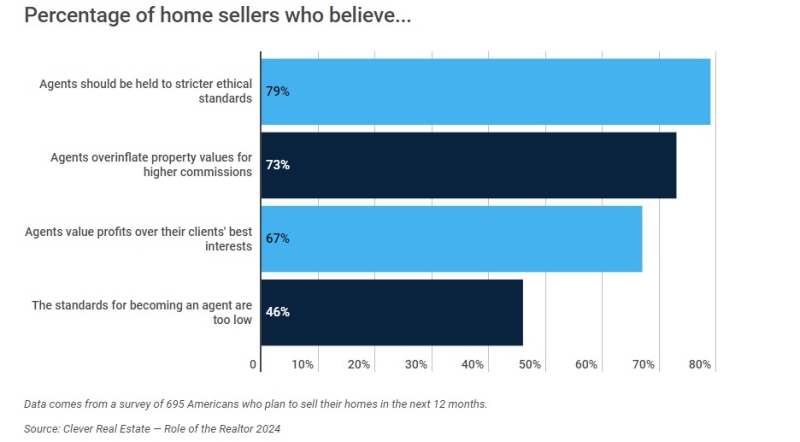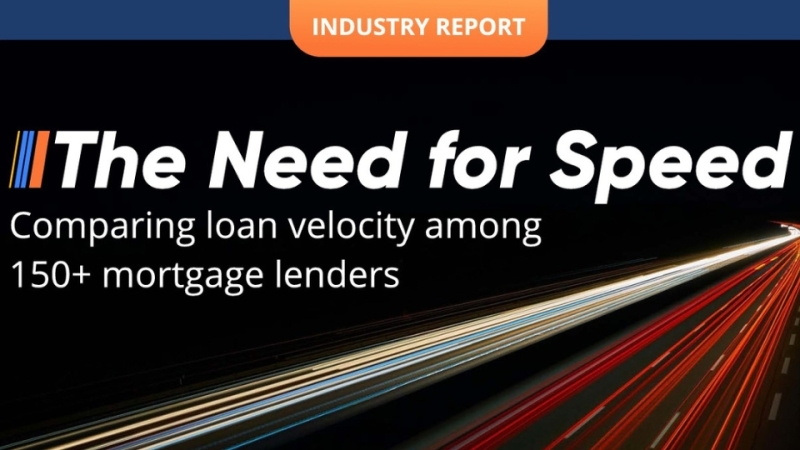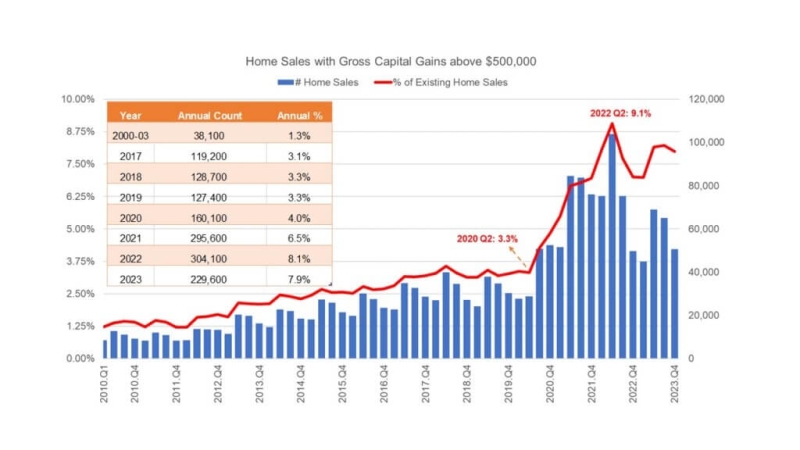Advertisement
Interthinx Adds Street-Level Imaging Via Google Maps to FraudGUARD

In response to its own findings that property valuation mortgage fraud risk has risen significantly since 2006, Interthinx has integrated Google Maps satellite images to help lenders decrease loan processing time and quickly identify external issues with properties. The inclusion of satellite image data within Interthinx’s FraudGUARD can improve loan quality, provides users with a more comprehensive fraud prevention report, and enables a more concise overall risk review.
“According to our findings, property valuation fraud risk has more than doubled since 2006, which could expose lenders to buyback requests that could cripple their companies,” said Ian Anthony, director of product management at Interthinx. “Our product team recognized the threat and alerted our customers. They responded by comparing photos from appraisal reports or Broker Price Opinion (BPO) photos to satellite images through multiple steps. Since Google’s database already had the images, it made sense for us to integrate them into our FraudGUARD reports, saving our customers time and money.”
Interthinx’s FraudGUARD software contacts the Google Satellite image database in real-time, which returns a 360-degree external view of the property from the street level. There is no additional cost to use satellite images in FraudGUARD. The new Interthinx product enhancement can also highlight risk associated with borrower employment and intent to occupy. Satellite images from the Occupancy Map help pinpoint potential misrepresentations of employer location. In addition, the visual support allows for quick identification of the distances between the subject property, borrower’s current residence, and employer location.
“Our latest product development provides customers another layer of valuable information before funding a loan,” said Kevin Coop, president of Interthinx. “Within seconds, our customers will now know the condition of the property’s exterior and whether it conforms to the rest of the neighborhood. With such insight, lenders are better prepared to make informed underwriting decisions during this time of emphasis on loan quality over loan quantity.”
About the author





